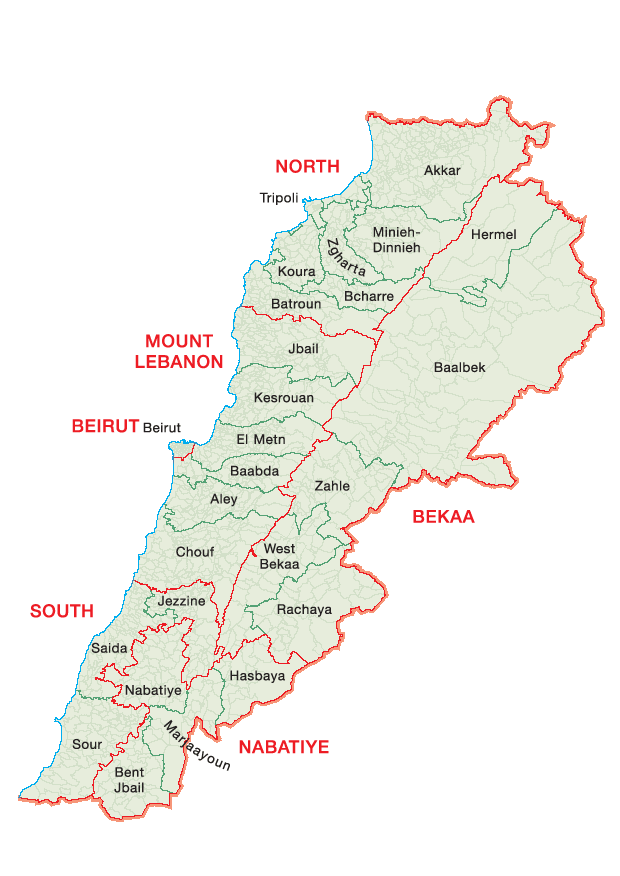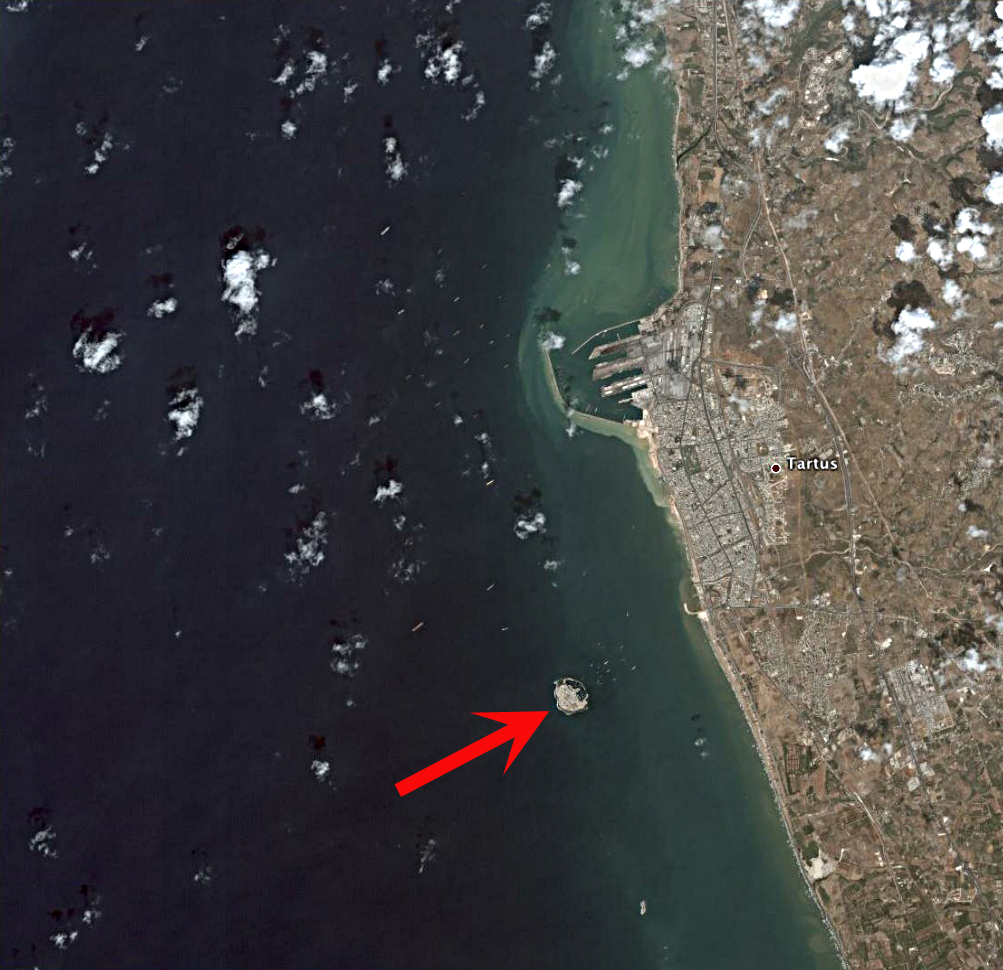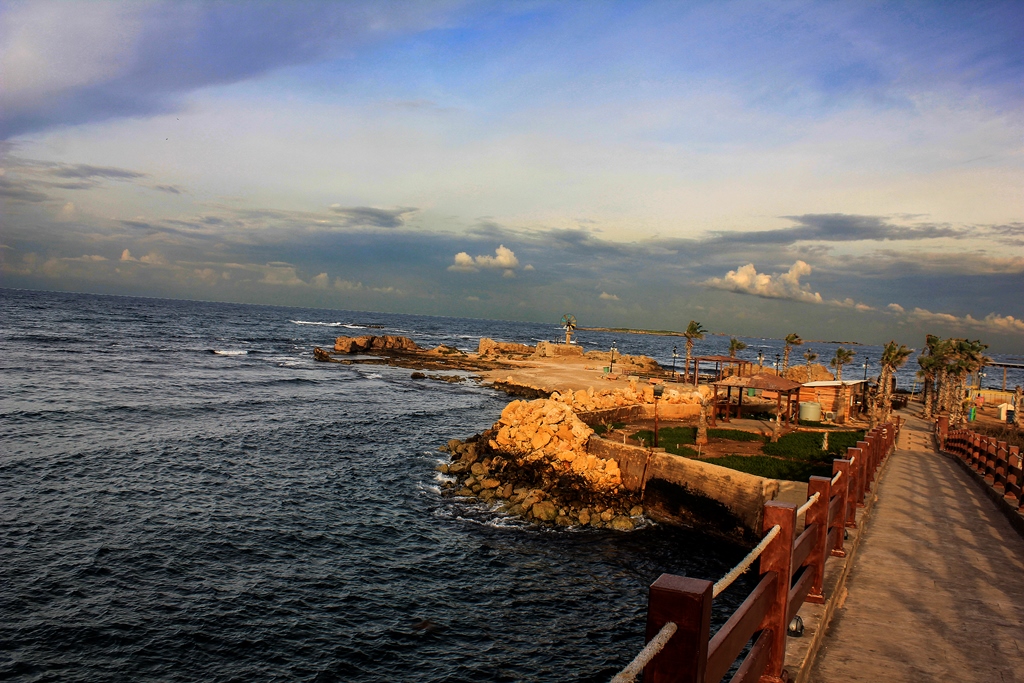|
Tripoli, Lebanon
Tripoli ( ar, طرابلس/ ALA-LC: ''Ṭarābulus'', Lebanese Arabic: ''Ṭrablus'') is the largest city in northern Lebanon and the second-largest city in the country. Situated north of the capital Beirut, it is the capital of the North Governorate and the Tripoli District. Tripoli overlooks the eastern Mediterranean Sea, and it is the northernmost seaport in Lebanon. It holds a string of four small islands offshore. The Palm Islands were declared a protected area because of their status of haven for endangered loggerhead turtles (''Chelona mydas''), rare monk seals and migratory birds. Tripoli borders the city of El Mina, the port of the Tripoli District, which it is geographically conjoined with to form the greater Tripoli conurbation. The history of Tripoli dates back at least to the 14th century BCE. The city is well known for containing the Mansouri Great Mosque and the largest Crusader fortress in Lebanon, the Citadel of Raymond de Saint-Gilles. It has the second ... [...More Info...] [...Related Items...] OR: [Wikipedia] [Google] [Baidu] |
List Of Cities And Towns In Lebanon
This is a list of cities and towns in Lebanon distributed according to district. There are total 1000 districts. 56.21% of the population lives in 19 cities and towns, which gives the average 2,158 people per town. Largest cities NB: Some of these numbers are either approximations and outdated. Akkar Governorate Akkar District (18) * Arqa * Akroum * Andaket * Bebnine * Berkayel * Beino * Chadra * Cheikh Mohammad * Cheikh Taba * Daoura * Denbo * Halba * Hisah * Kobayat * Massoudieh * Miniara * Mish Mish * Rahbe Baalbek-Hermel Governorate Baalbek District (52) * Ain * Ainata * Arsal * Baalbek * Barka * Bednayel * Bechouat * Beit Chama - Aaqidiyeh * Brital * Btadhi * Bodai * Chaat * Chlifa * Chmestar - Gharbi Baalbeck * Deir el Ahmar * Douriss * Fakiha - Jdeydeh * Fleweh * Hadath Baalbek * Harbata * Hizzine * Hlabta * Hosh Barada * Hosh el Rafika * Hosh Snid * Hosh Tal Safiya * Iaat * Jabbouleh * Janta * Jebaa (Baalbek) * Kasarnaba * Khod ... [...More Info...] [...Related Items...] OR: [Wikipedia] [Google] [Baidu] |
Seaport
A port is a maritime facility comprising one or more wharves or loading areas, where ships load and discharge cargo and passengers. Although usually situated on a sea coast or estuary, ports can also be found far inland, such as Hamburg, Manchester and Duluth; these access the sea via rivers or canals. Because of their roles as ports of entry for immigrants as well as soldiers in wartime, many port cities have experienced dramatic multi-ethnic and multicultural changes throughout their histories. Ports are extremely important to the global economy; 70% of global merchandise trade by value passes through a port. For this reason, ports are also often densely populated settlements that provide the labor for processing and handling goods and related services for the ports. Today by far the greatest growth in port development is in Asia, the continent with some of the world's largest and busiest ports, such as Singapore and the Chinese ports of Shanghai and Nin ... [...More Info...] [...Related Items...] OR: [Wikipedia] [Google] [Baidu] |
Arwad
Arwad, the classical Aradus ( ar, أرواد), is a town in Syria on an eponymous island in the Mediterranean Sea. It is the administrative center of the Arwad Subdistrict (''nahiyah''), of which it is the only locality.General Census of Population and Housing 2004 Syria Central Bureau of Statistics (CBS). Latakia Governorate. It is the only inhabited island in Syria. It is located from (the ancient Tortosa), Syria's second-largest port. Today, Arwad is mainly a fishing tow ... [...More Info...] [...Related Items...] OR: [Wikipedia] [Google] [Baidu] |
Sidon
Sidon ( ; he, צִידוֹן, ''Ṣīḏōn'') known locally as Sayda or Saida ( ar, صيدا ''Ṣaydā''), is the third-largest city in Lebanon. It is located in the South Governorate, of which it is the capital, on the Mediterranean coast. Tyre to the south and Lebanese capital Beirut to the north are both about away. Sidon has a population of about 80,000 within city limits, while its metropolitan area has more than a quarter-million inhabitants. Name The Phoenician name ''Ṣīdūn'' (, ) probably meant "fishery" or "fishing town". It is mentioned in Papyrus Anastasi I as Djedouna. It appears in Biblical Hebrew as ''Ṣīḏōn'' ( he, צִידוֹן) and in Syriac as ''Ṣidon'' (). This was Hellenised as ''Sidṓn'' ( grc-gre, Σιδών), which was Latinised as '. The name appears in Classical Arabic as ''Ṣaydūn'' () and in Modern Arabic as ''Ṣaydā'' (). As a Roman colony, it was notionally refounded and given the formal name ' to honour its imper ... [...More Info...] [...Related Items...] OR: [Wikipedia] [Google] [Baidu] |
Tyre, Lebanon
Tyre (; ar, صور, translit=Ṣūr; phn, 𐤑𐤓, translit=Ṣūr, Greek ''Tyros'', Τύρος) is a city in Lebanon, one of the oldest continually inhabited cities in the world, though in medieval times for some centuries by just a tiny population. It was one of the earliest Phoenician metropolises and the legendary birthplace of Europa, her brothers Cadmus and Phoenix, as well as Carthage's founder Dido (Elissa). The city has many ancient sites, including the Tyre Hippodrome, and was added as a whole to UNESCO's list of World Heritage Sites in 1984. The historian Ernest Renan noted that "One can call Tyre a city of ruins, built out of ruins". Today Tyre is the fourth largest city in Lebanon after Beirut, Tripoli, and Sidon. It is the capital of the Tyre District in the South Governorate. There were approximately 200,000 inhabitants in the Tyre urban area in 2016, including many refugees, as the city hosts three of the twelve Palestinian refugee camps in Lebanon: Burj ... [...More Info...] [...Related Items...] OR: [Wikipedia] [Google] [Baidu] |
Strabo
Strabo''Strabo'' (meaning "squinty", as in strabismus) was a term employed by the Romans for anyone whose eyes were distorted or deformed. The father of Pompey was called " Pompeius Strabo". A native of Sicily so clear-sighted that he could see things at great distance as if they were nearby was also called "Strabo". (; el, Στράβων ''Strábōn''; 64 or 63 BC 24 AD) was a Greek geographer, philosopher, and historian who lived in Asia Minor during the transitional period of the Roman Republic into the Roman Empire. Life Strabo was born to an affluent family from Amaseia in Pontus (in present-day Turkey) in around 64BC. His family had been involved in politics since at least the reign of Mithridates V. Strabo was related to Dorylaeus on his mother's side. Several other family members, including his paternal grandfather had served Mithridates VI during the Mithridatic Wars. As the war drew to a close, Strabo's grandfather had turned several Pon ... [...More Info...] [...Related Items...] OR: [Wikipedia] [Google] [Baidu] |
Pliny The Elder
Gaius Plinius Secundus (AD 23/2479), called Pliny the Elder (), was a Roman author, naturalist and natural philosopher, and naval and army commander of the early Roman Empire, and a friend of the emperor Vespasian. He wrote the encyclopedic '' Naturalis Historia'' (''Natural History''), which became an editorial model for encyclopedias. He spent most of his spare time studying, writing, and investigating natural and geographic phenomena in the field. His nephew, Pliny the Younger, wrote of him in a letter to the historian Tacitus: Among Pliny's greatest works was the twenty-volume work ''Bella Germaniae'' ("The History of the German Wars"), which is no longer extant. ''Bella Germaniae'', which began where Aufidius Bassus' ''Libri Belli Germanici'' ("The War with the Germans") left off, was used as a source by other prominent Roman historians, including Plutarch, Tacitus and Suetonius. Tacitus—who many scholars agree had never travelled in Germania—used ''Bella Ger ... [...More Info...] [...Related Items...] OR: [Wikipedia] [Google] [Baidu] |
Diodorus Siculus
Diodorus Siculus, or Diodorus of Sicily ( grc-gre, Διόδωρος ; 1st century BC), was an ancient Greek historian. He is known for writing the monumental universal history '' Bibliotheca historica'', in forty books, fifteen of which survive intact, between 60 and 30 BC. The history is arranged in three parts. The first covers mythic history up to the destruction of Troy, arranged geographically, describing regions around the world from Egypt, India and Arabia to Europe. The second covers the time from the Trojan War to the death of Alexander the Great. The third covers the period to about 60 BC. ''Bibliotheca'', meaning 'library', acknowledges that he was drawing on the work of many other authors. Life According to his own work, he was born in Agyrium in Sicily (now called Agira). With one exception, antiquity affords no further information about his life and doings beyond his written works. Only Jerome, in his '' Chronicon'' under the "year of Abraham 1968" (49 BC), ... [...More Info...] [...Related Items...] OR: [Wikipedia] [Google] [Baidu] |
Tripoli, Libya
Tripoli (; ar, طرابلس الغرب, translit= Ṭarābulus al-Gharb , translation=Western Tripoli) is the capital city, capital and largest city of Libya, with a population of about 1.1 million people in 2019. It is located in the northwest of Libya on the edge of the desert, on a point of rocky land projecting into the Mediterranean Sea and forming a bay. It includes the port of Tripoli and the country's largest commercial and manufacturing center. It is also the site of the University of Tripoli. The vast barracks, which includes the former family estate of Muammar Gaddafi, is also located in the city. Colonel Gaddafi largely ruled the country from his residence in this barracks. Tripoli was founded in the 7th century BC by the Phoenicians, who gave it the Libyco-Berber name ( xpu, 𐤅𐤉𐤏𐤕, ) before passing into the hands of the Greek rulers of Cyrenaica as Oea ( grc-gre, Ὀία, ). Due to the city's long history, there are many sites of archeolog ... [...More Info...] [...Related Items...] OR: [Wikipedia] [Google] [Baidu] |
Cairo
Cairo ( ; ar, القاهرة, al-Qāhirah, ) is the Capital city, capital of Egypt and its largest city, home to 10 million people. It is also part of the List of urban agglomerations in Africa, largest urban agglomeration in Africa, List of largest cities in the Arab world, the Arab world and List of largest metropolitan areas of the Middle East, the Middle East: The Greater Cairo metropolitan area, with a population of 21.9 million, is the Megacity, 12th-largest in the world by population. Cairo is associated with ancient Egypt, as the Giza pyramid complex and the ancient cities of Memphis, Egypt, Memphis and Heliopolis (ancient Egypt), Heliopolis are located in its geographical area. Located near the Nile Delta, the city first developed as Fustat, a settlement founded after the Muslim conquest of Egypt in 640 next to an existing ancient Roman empire, Roman fortress, Babylon Fortress, Babylon. Under the Fatimid Caliphate, Fatimid dynasty a new city, ''al-Qāhirah'', was foun ... [...More Info...] [...Related Items...] OR: [Wikipedia] [Google] [Baidu] |
Crusader States
The Crusader States, also known as Outremer, were four Catholic realms in the Middle East that lasted from 1098 to 1291. These feudal polities were created by the Latin Catholic leaders of the First Crusade through conquest and political intrigue. The four states were the County of Edessa (10981150), the Principality of Antioch (10981287), the County of Tripoli (11021289), and the Kingdom of Jerusalem (10991291). The Kingdom of Jerusalem covered what is now Israel and Palestine, the West Bank, the Gaza Strip, and adjacent areas. The other northern states covered what are now Syria, south-eastern Turkey, and Lebanon. The description "Crusader states" can be misleading, as from 1130 very few of the Frankish population were crusaders. The term Outremer, used by medieval and modern writers as a synonym, is derived from the French for ''overseas''. In 1098, the armed pilgrimage to Jerusalem passed through Syria. The crusader Baldwin of Boulogne replaced the Greek Orthodox ... [...More Info...] [...Related Items...] OR: [Wikipedia] [Google] [Baidu] |
El Mina
El-Mina or El Mina (Arabic: الميناء / ALA-LC: ''al-Mīnā’'', which means "the harbour"), is a coastal independent town in Tripoli, Northern Lebanon. El-Mina occupies the location of the old Phoenician city of Tripoli. It acts as the harbour city for modern neighbouring Tripoli, Lebanon's second-largest city, situated 5 km to the east. History El-Mina is the site of the ancient city of Tripolis that dates back to the Phoenician era, and is one of Lebanon's oldest cities, alongside Byblos, Tyre, and Sidon. The site of Tripolis moved inland after the Islamic reconquest from the crusaders, and today's El-Mina became the harbour district of greater Tripoli, eventually having its own municipal board in the beginning of the 20th century, separate from that of Tripoli, but within the context of greater Tripoli. It was called also Tripoli Marina. Geography El-Mina is the city with the largest number of islands surrounding it, along the Levantine coastline. It has nine is ... [...More Info...] [...Related Items...] OR: [Wikipedia] [Google] [Baidu] |









